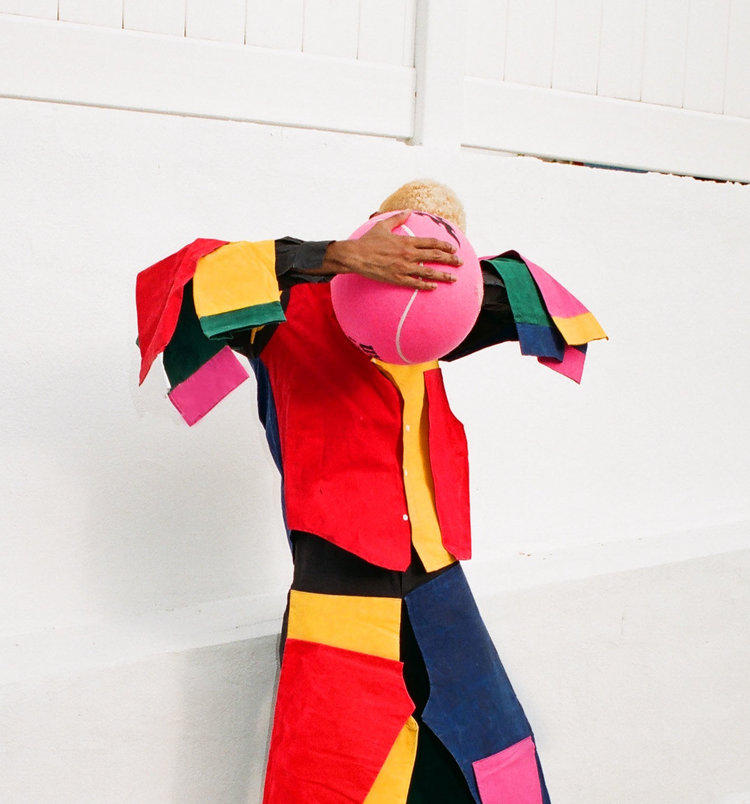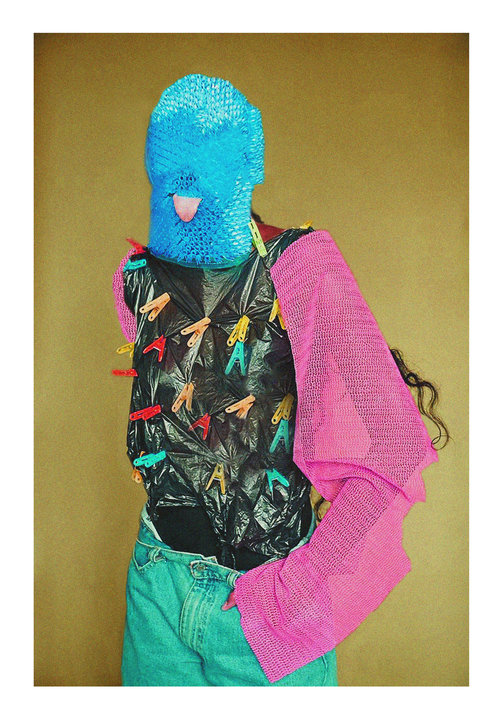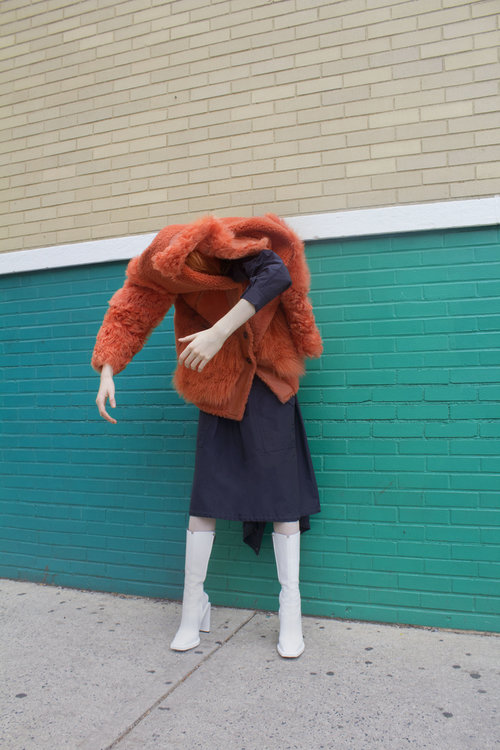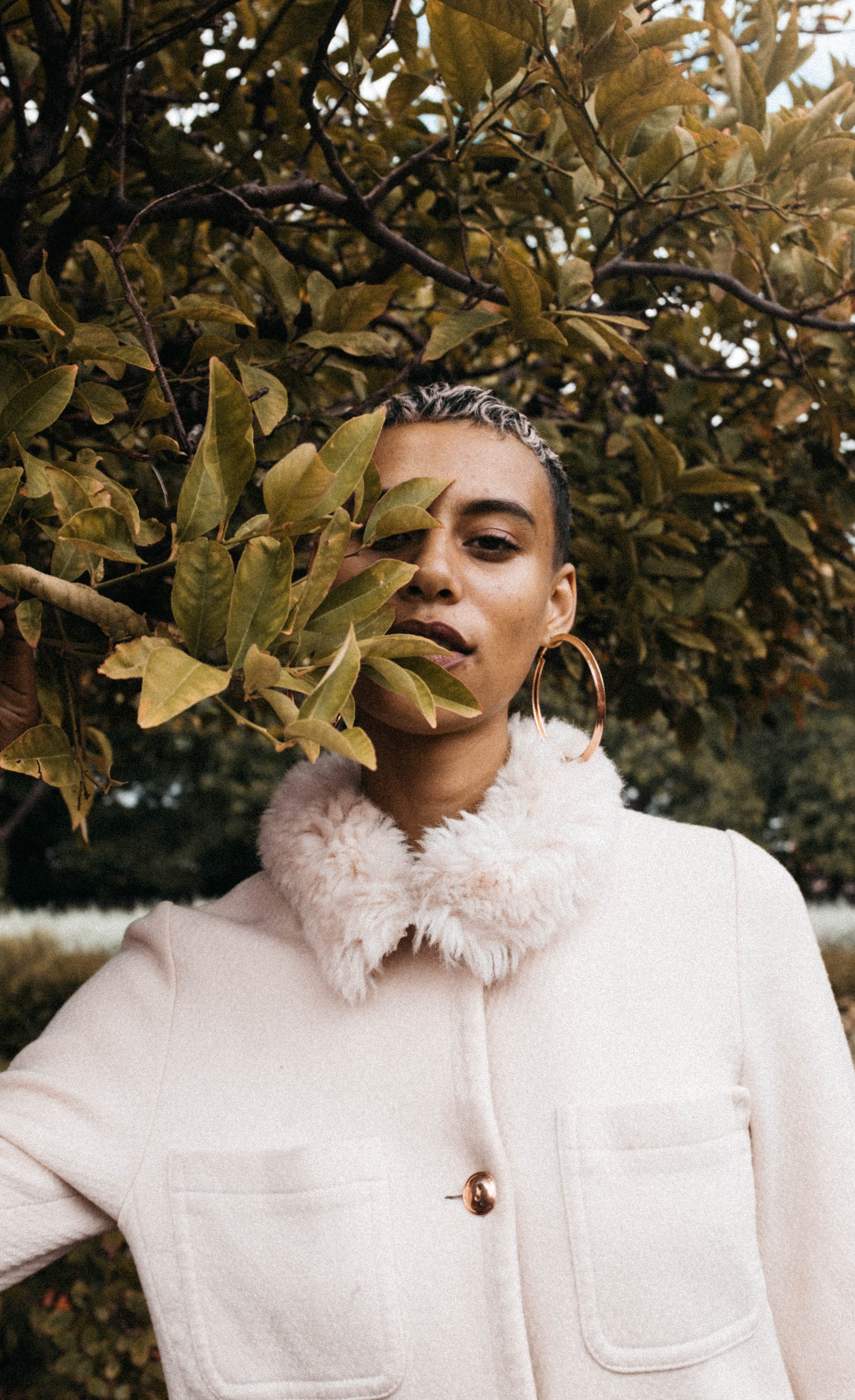Nkateko Masinga, like with most writers and poets, her writing stems from her passion for reading. Going to the local library with her older sister was her favourite pastime growing up. However, she always felt as though there was something missing in the books she was exposed to. “Girls who lived like me,” Masinga explained. To fill the gaps these books left, Masinga wrote herself into stories that reflected her own experiences. I interviewed Masinga to find out more about her self-published chapbooks and how her writing has evolved over the years.
Your first chapbook ‘The Sin In My Blackness’ was published two years ago. What were the kinds of themes you were addressing? Continuing from this, why did you decide that an independently published chapbook would be the best form for these works to manifest?
I wrote ‘The Sin In My Blackness’ as a reflection on my experiences as a black woman in South Africa. The themes I explored in the book are black consciousness, xenophobia, racism and Pan Africanism, amongst others. The title of the book is my personal mantra: ‘I refuse to succumb to the notion that I must hide my hair, bleach my skin or apologize for the way I sound when I speak. There is no shame or sin in my blackness.’
My decision to self-publish the book was deliberate. I wanted to tell my story on my own terms, without anyone censoring my voice or imposing their own ideas about how the book should turn out.
An article I read mentioned that you were working on an audio element for this chapbook. Has this been done? Where can people access the audio?
I was in studio last year recording poems for an audiobookto accompany my first book. When I listened to the final product, I felt that there was something missing so I decided to wait a while before releasing it. I would like to add accompanying music to some of the poems and then see if it works better. In the meantime, I have put some of the recorded poems on my Soundcloud page
Your second chapbook ‘A War Within The Blood’ was published last year. What were the themes that you were exploring in this chapbook? Is this a continuation of the ‘The Sin In My Blackness’? Share your decision for the title?
My second chapbook is about mental illness. I will share an excerpt from the preface of the book to fully answer this question:
When I read a poem titled Battle by Yrsa Daley-Ward, it resonated so deeply with me that I knew I had found a name for my second chapbook. In the poem, Yrsa Daley-Ward talks about the act of loving someone who does not love themselves. She describes it as an internal battle, or more piercingly:
“A fight inside the bones.
A war within the blood.”
The last line reminded me of a poem I wrote in high school, titled The War Within.
When I wrote The War Within, I had first-hand insight on the internal war that is depression, a glimpse of hell one can only get from experience. The poem won me the third place prize in a school poetry contest but the experiences that led to its inception taught me to use my writing for healing. When I read Yrsa Daley-Ward’s piece, it triggered in me a desire to relive my old wars in an attempt to find the weapons I used to fight them. In my poem When Sweet Things End (from ‘The Sin In My Blackness’), I spoke about “a war you carry inside and outside of you.” Although I was referring to an actual civil war, we sometimes react similarly to the wars we fight for others and ourselves, internally and externally. We carry them around instead of fighting them. They become burdens instead of potential victories.
What are the themes you enjoy unpacking in your poetry and other writing?
Writing is therapeutic to me, so I usually write about painful experiencesso I can purge myself of them. The themes I have explored in the past are long-distance relationships (this is a major theme in my latest book, ‘While The Word Was Burning’), depression and the rocky path to self-love.
What influences your writing?
My writing is influenced by my experiences and the stories I hear as I interact with people.
I read online that you have been described as an “indie author”. Could you please explain what this means and how you feel about this label?
‘Indie’ means independent, so indie authors are not linked to traditional publishers but are responsible for every step in the production of their own books, from conceptualization and proofreading to printing and distribution. I have no issues with being described as such because it affirms my decision to not ask for anyone’s permission to make my work accessible.
You have been a part of a number of platforms related to poetry and writing. Can you explain the importance of sharing your work so widely?
I have always believed that poetry belongs everywhere, not just in print form or on stages at spoken word competitions but also on television and radio. I take every opportunity I am granted to share my work because I believe that poems are a from of social commentary and the world needs to hear our stance on issues that affect us. The fact that governments and institutions appoint a poet laureate is testament that poetry is a vital form of commentary on social and political issues.
What are you working on at the moment?
I am working on a collection of short stories titled ‘Blood Moon and Heirlooms.’ I am hoping to have it out in 2019. I have achieved my goal of publishing three poetry chapbooks in three years and now I want to rest and focus on writing new work and growing my publishing consultancy firm (NSUKU Publishing Consultancy).
If you were to give advice to a young woman of colour who is interested in writing and poetry, what would this be (including advice on publishing, exposure and how to improve their writing)?
My advice to them is that before attempting to pursue the publishing route,they should submit their work to literary journals and magazines that focus on African literature and specifically those that publish work which resonates with them. Getting your work accepted for publication in a journal that you love is exciting and affirming. Poetry Potion is the first literary journal that gave my work a place to call home. By the time I published my own book, I knew I had an audience because my work was already widely published in journals and I could finally say yes to people who asked me if they could purchase a collection of my work.
Is there anything else about yourself or your writing that you would like to share?
Earlier this year, I founded an initiative called ‘Pass The Mic’, which gives young women writers and other creatives a platform to tell their stories on their own terms.
Below is Masinga’s poem, there must be black angels in heaven
at the souvenir shop downtown
i ask to buy a brown angel doll
for my baby niece
the shop assistant shrugs
as if to say there are no angels that look like me
or any of my people
i pull out a photograph and show her
my niece
looking like all the black angel women
who stitched her together with their own bones and blood
i put on my mother’s attitude and tell her
black dolls
black mannequins
black glass ballerinas
must exist
i imagine dying here
and instead of someone saying
look, a black angel
they will say
if she flies,
she must be a witch
i pray often
mostly to stay alive
but today i want to ask
if there are black angels in heaven
– a response to an article titled ‘there are no black angels in heaven’ by Lisa Sharon Harper










 Reflecting on her journey Fani states, “I was a stylist for many years, doing TV ads, stills campaigns and editorials. I would often source the models for these jobs and started to really enjoy that side of it. I joined an agency at 17 and in my twenties I started working there, learning different sides of the business.”
Reflecting on her journey Fani states, “I was a stylist for many years, doing TV ads, stills campaigns and editorials. I would often source the models for these jobs and started to really enjoy that side of it. I joined an agency at 17 and in my twenties I started working there, learning different sides of the business.” Although Fani is no longer as invested in fashion as she had been before, she is “dipping” her toes back into styling and collaborating with photographers to create images for Fantastic.
Although Fani is no longer as invested in fashion as she had been before, she is “dipping” her toes back into styling and collaborating with photographers to create images for Fantastic. Fani expresses, “In an industry based largely on image and appearance, I am trying to shift the focus to better represent the people who are often overlooked or excluded. I hope to push the importance of self-love, by supporting and building up my models so that this industry is a source of happiness and excitement for them and not one of anxiety and frustration. I really believe that representation in the modelling world is so vital and I hope that can translate through the work I am doing at Fantastic.”
Fani expresses, “In an industry based largely on image and appearance, I am trying to shift the focus to better represent the people who are often overlooked or excluded. I hope to push the importance of self-love, by supporting and building up my models so that this industry is a source of happiness and excitement for them and not one of anxiety and frustration. I really believe that representation in the modelling world is so vital and I hope that can translate through the work I am doing at Fantastic.”






